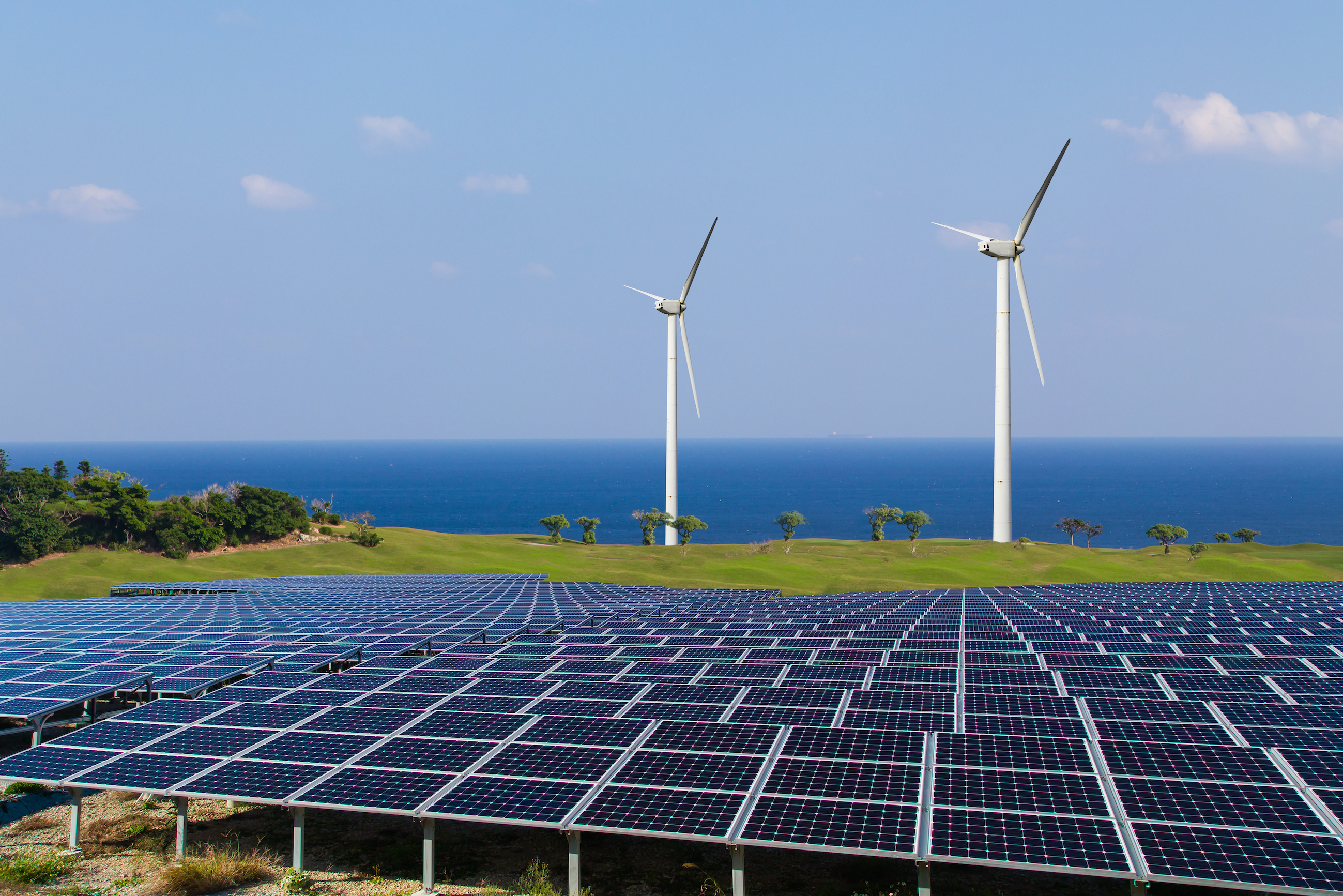PH transition to RE to have minimal price impact
- February 20, 2024
- 0

The Philippines’ shift towards renewable energy is anticipated to cost less compared to neighboring Southeast Asian countries, according to a research study done by Oxford Economics.
Oxford Economics reported that despite the Philippines’ reliance on coal for energy and its high level of electricity demand, the uptick in energy prices in the country during this transition period will be limited.
Among the “ASEAN5 countries,” the Philippines and Singapore both show lower initial costs due to low energy intensity which means both countries do not require much energy
According to the report, the Philippines, which has the second lowest carbon emission per unit of output, will be able to reach 85% industry electrification by 2050.
The Philippines is looking to increase its current 22% share of renewable energy to 35% by 2030 and 50% by 2040.
The rise in energy prices is rooted in the increase in the costs of metals and minerals which is